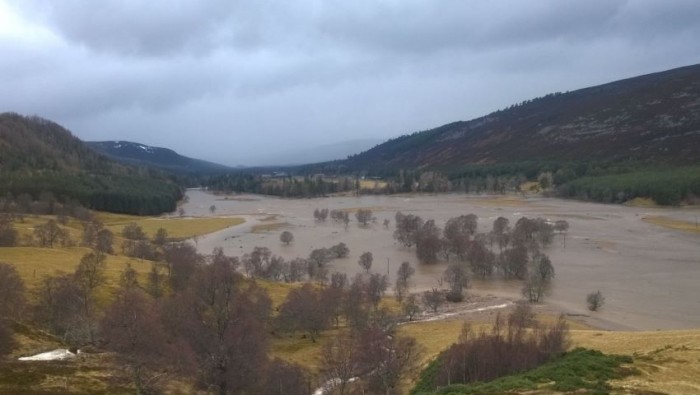Lochs, Rivers & Wetlands Work
The freshwaters of the National Park have numerous national and international conservation designations for their biodiversity and the high quality of their habitats. In places the rivers are connected to some of the country’s most natural systems of meanders, lochs and floodplains
This river restoration project takes an innovative approach to re-naturalising a river and reconnecting it with its natural floodplain.
The river had been artificially straightened with rock embankments put in place to flush water straight through the channel. The project removed all of these unnatural ways of controlling the river and then put in boulders and trees to help the river find its own way. Pools and eddies soon formed and now the river decides its own course.
Read more about the Allt Lorgy River restoration project from:
Scotlands Nature Spey Fishery Board
Upper Dee Floodplain restoration
Removing old man-made embankments on the river Dee could result in a new wetland, a great area for wildlife and a natural buffer for flood events.

Wetlands are seasonally or permanently flooded vegetated areas and would once have been more numerous and extensive
Mosaics of well-managed wetland habitats are essential for the long-term survival of some of our most special wildlife, particularly plants and invertebrates. Wetlands also bring multiple benefits beyond their intrinsic nature conservation value such as buffering against flood events, diffuse pollution control and aquifer recharge, improvements to landscape quality, as well as tourism and recreational benefits.
Climate change models suggest that rainfall in the autumn months will increase. This may lead to an increase in flash flooding
There is now a greater need than ever for a sustainable approach to flood management using natural river processes and riparian woodland management to help reduce the impacts of flood events.

